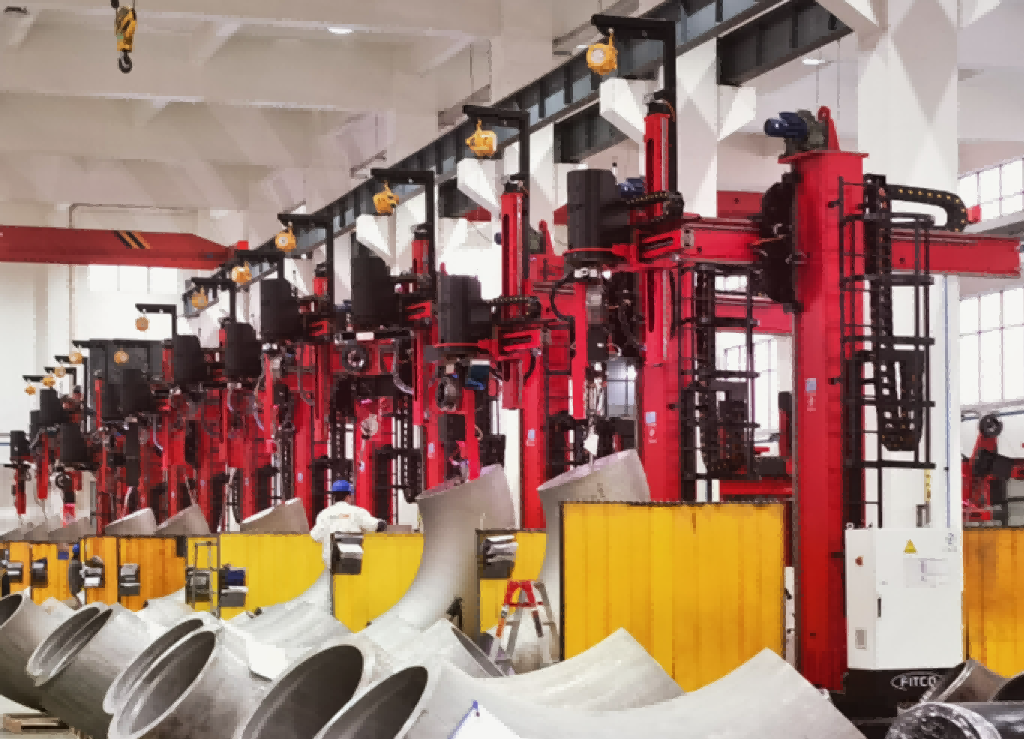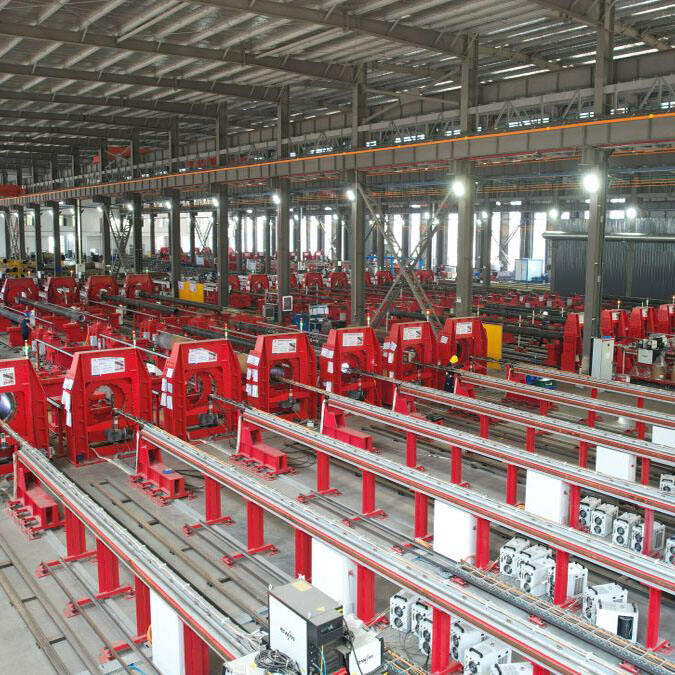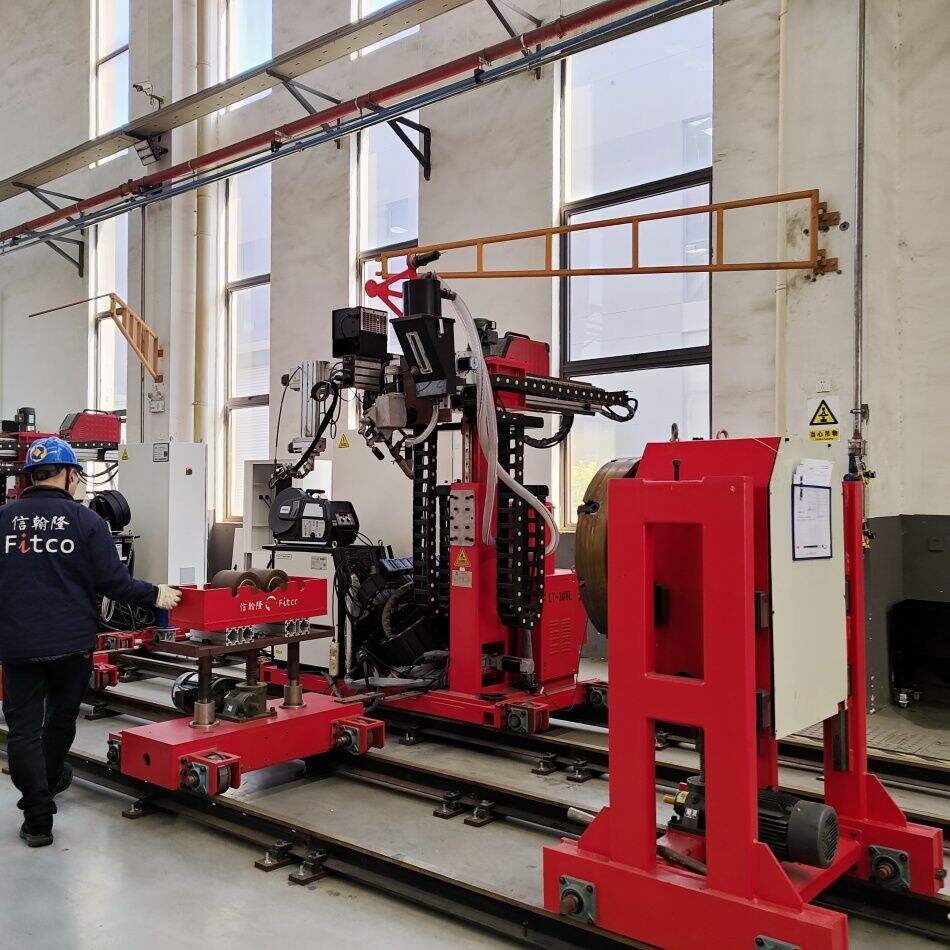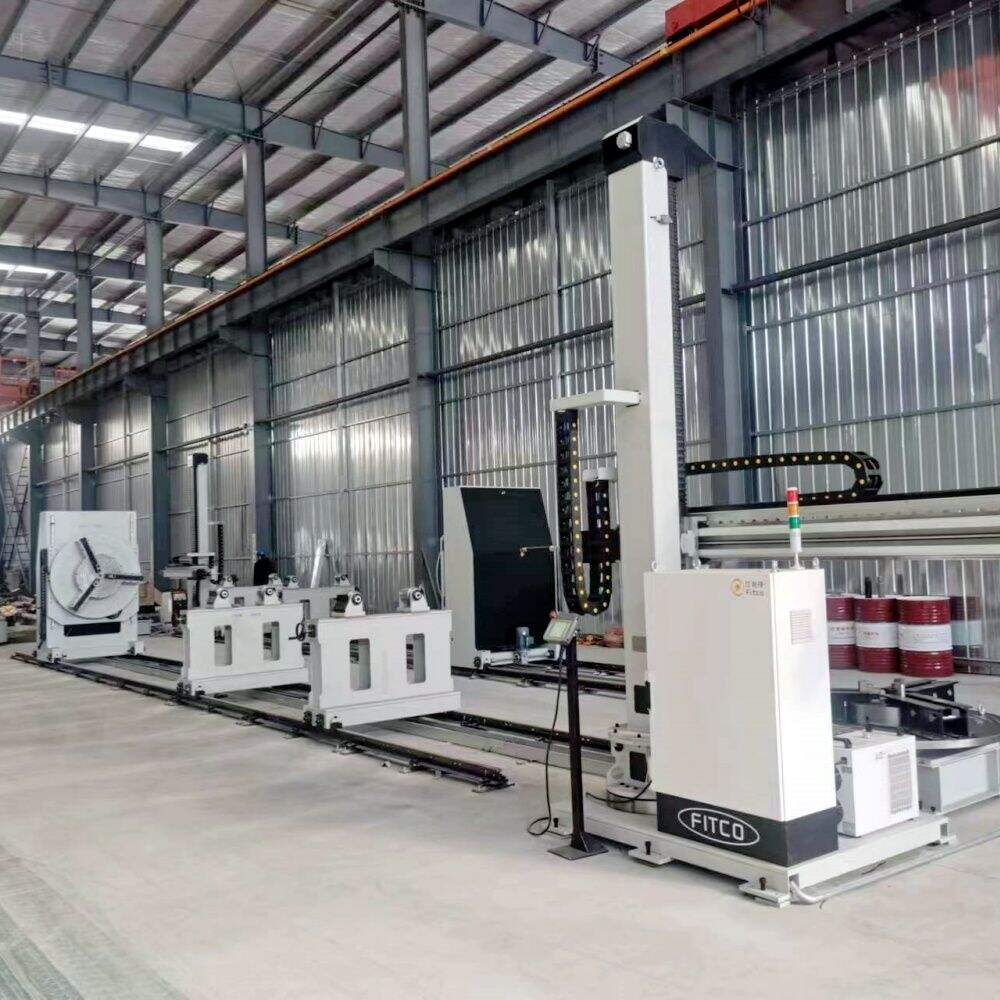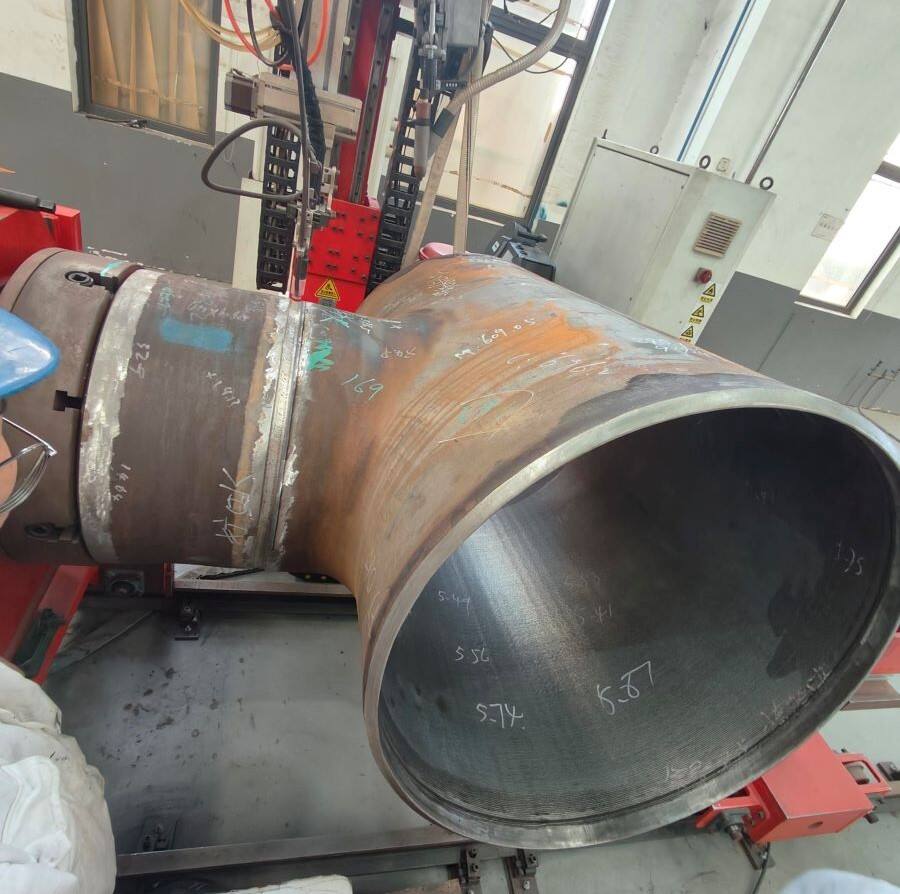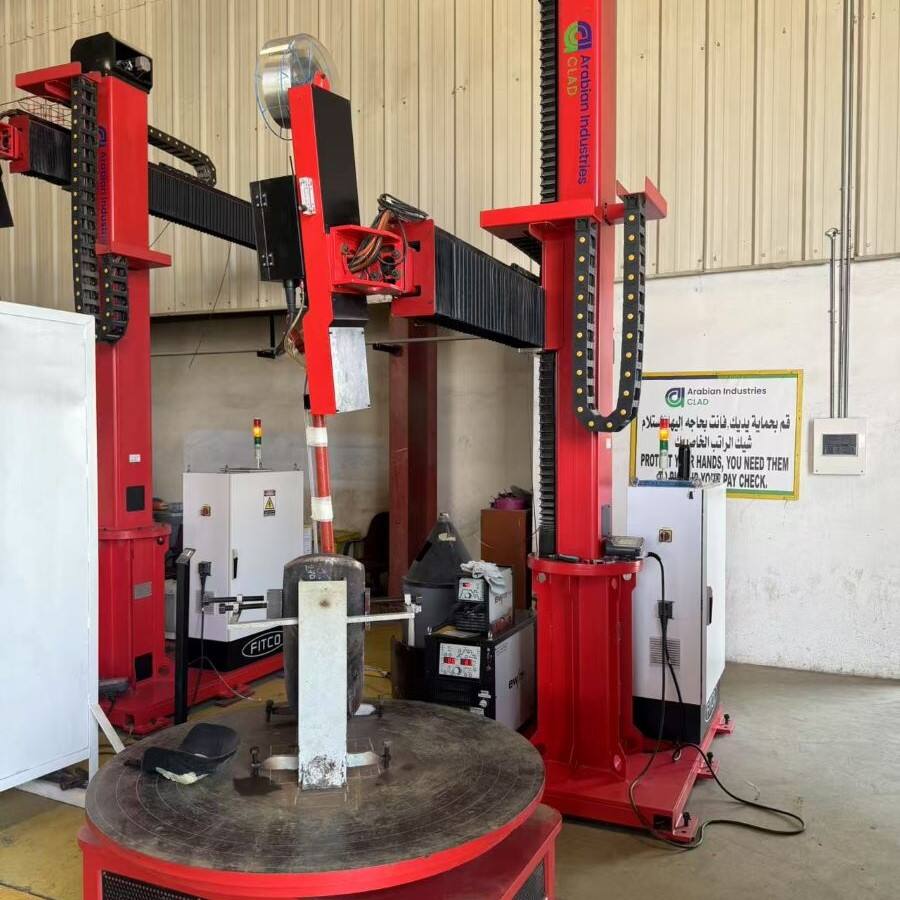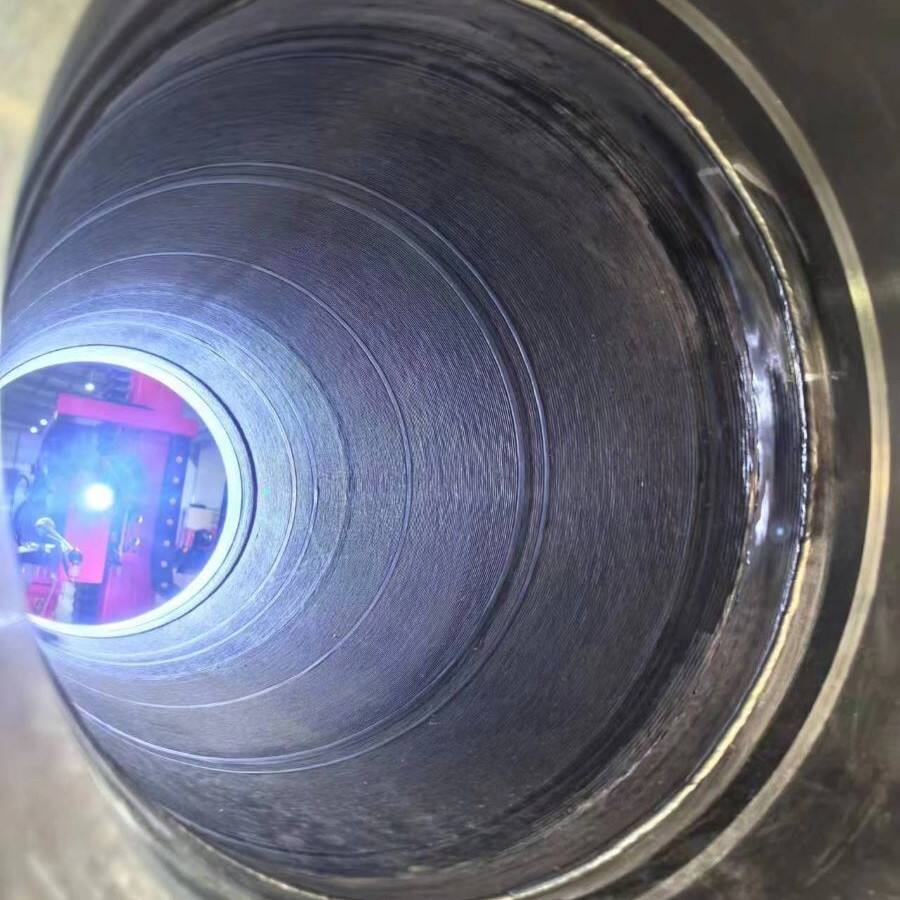gtaw welding
GTAW (Gas Tungsten Arc Welding), also known as TIG welding, represents a sophisticated arc welding process that produces exceptionally clean and precise welds. This process uses a non-consumable tungsten electrode to create the arc, while a separate filler material is manually fed into the weld pool. The entire process is shielded by an inert gas, typically argon or helium, which prevents atmospheric contamination. GTAW welding stands out for its ability to produce high-quality welds on thin materials and its exceptional control over the welding process. The technology employs a constant-current power supply that generates energy which travels through the electrode, creating an arc between the tungsten and the workpiece. This process allows for precise heat control and results in stronger, cleaner welds compared to other welding methods. GTAW is particularly valued in industries requiring high-precision welding, such as aerospace, automotive manufacturing, and medical device fabrication. The process excels in welding materials like aluminum, stainless steel, magnesium, and copper alloys, making it indispensable for projects demanding superior weld quality and appearance.

 EN
EN
 AR
AR BG
BG HR
HR CS
CS DA
DA NL
NL FI
FI FR
FR DE
DE EL
EL HI
HI IT
IT JA
JA KO
KO NO
NO PL
PL PT
PT RO
RO RU
RU ES
ES SV
SV TL
TL IW
IW ID
ID LT
LT UK
UK SQ
SQ HU
HU TH
TH TR
TR FA
FA AF
AF CY
CY MK
MK LA
LA MN
MN KK
KK UZ
UZ KY
KY